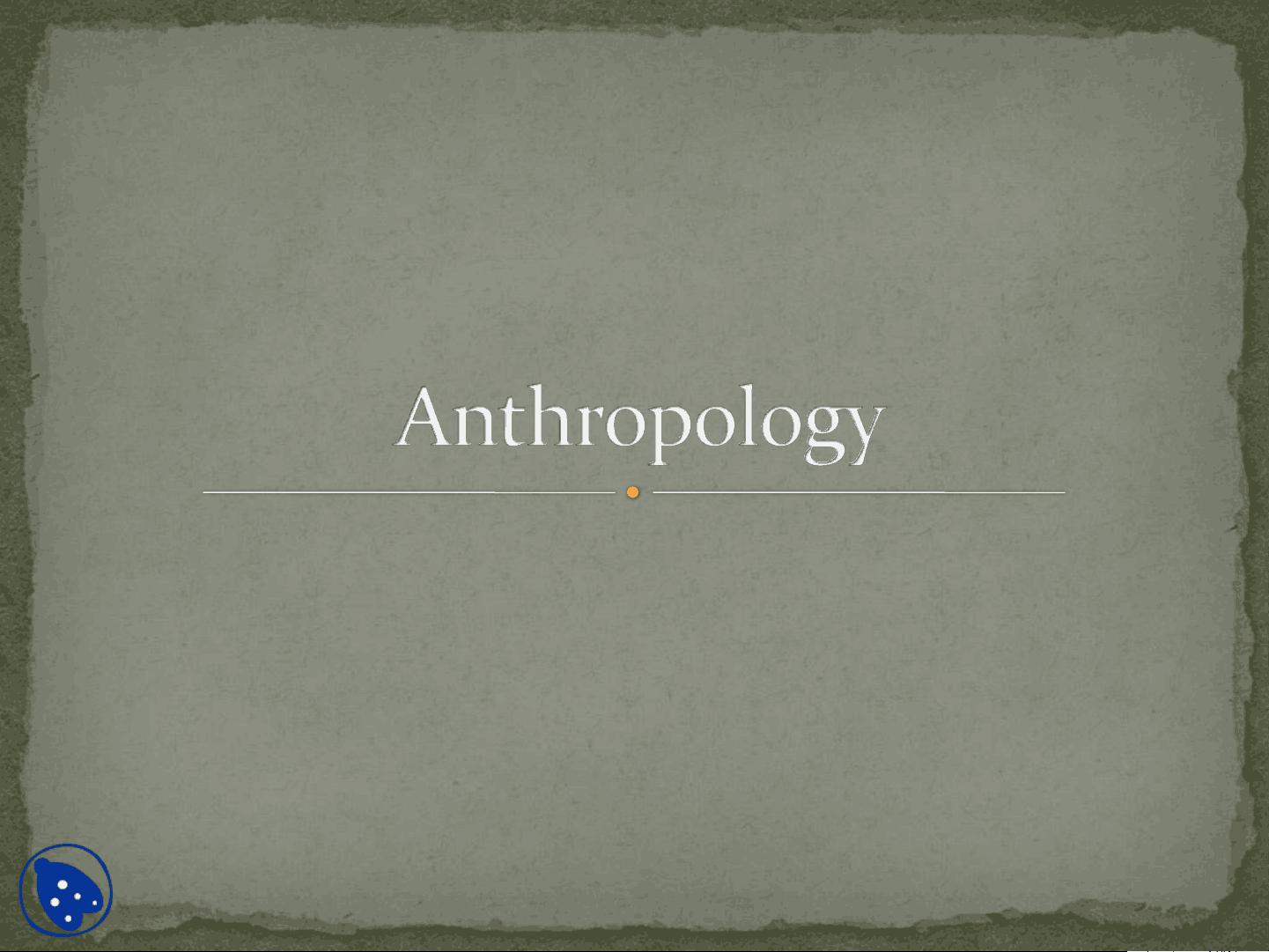
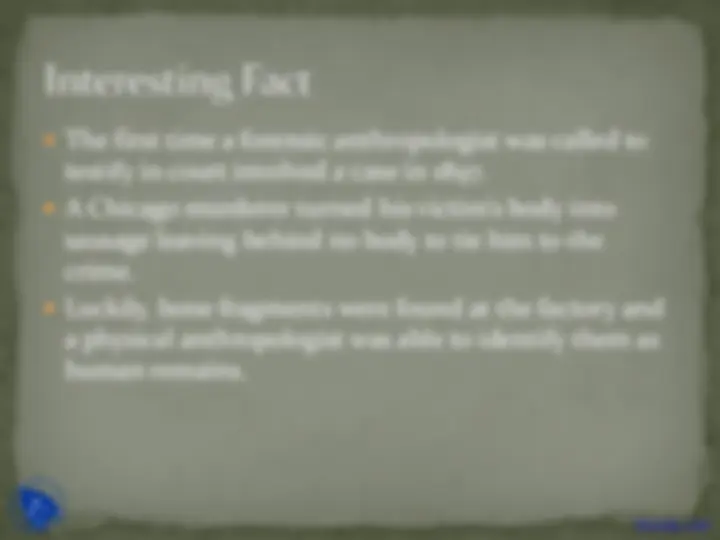
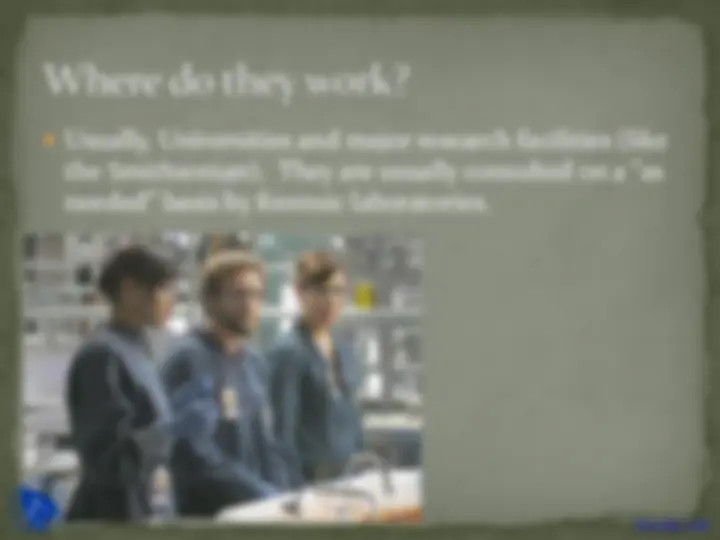
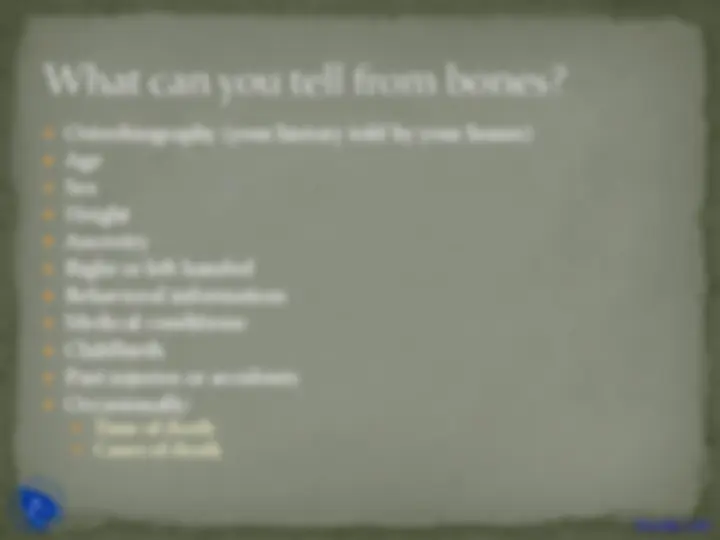
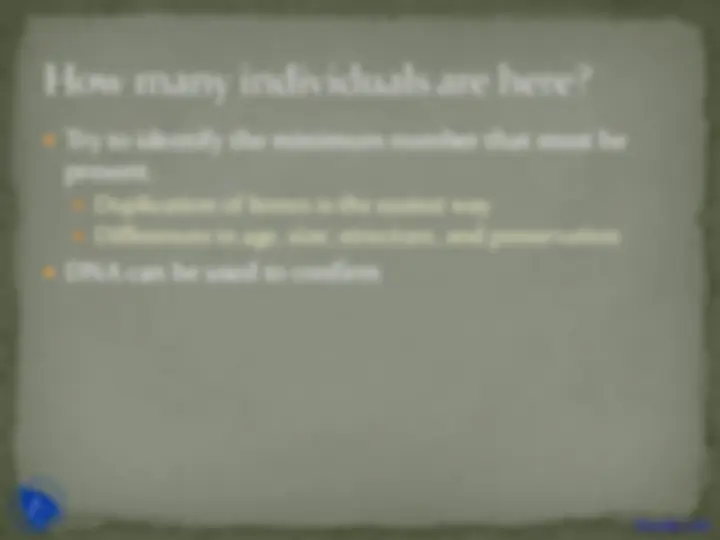
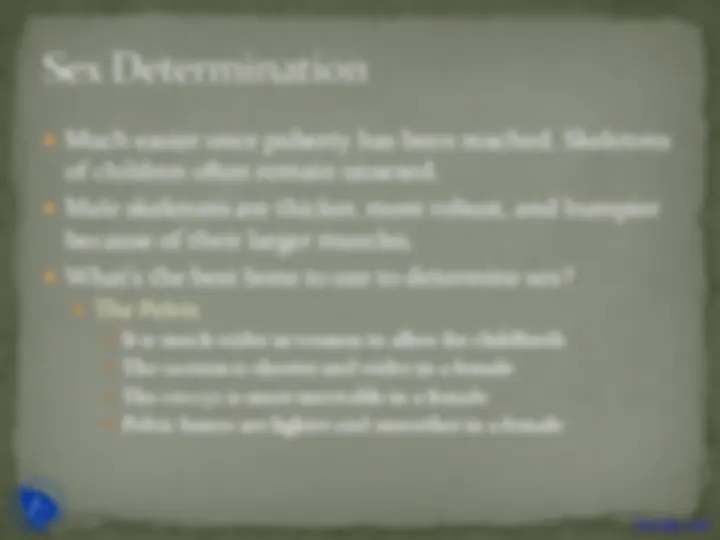
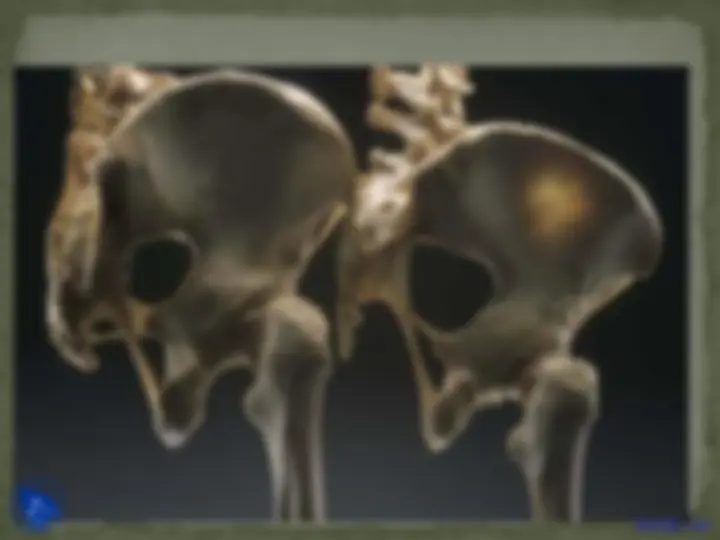
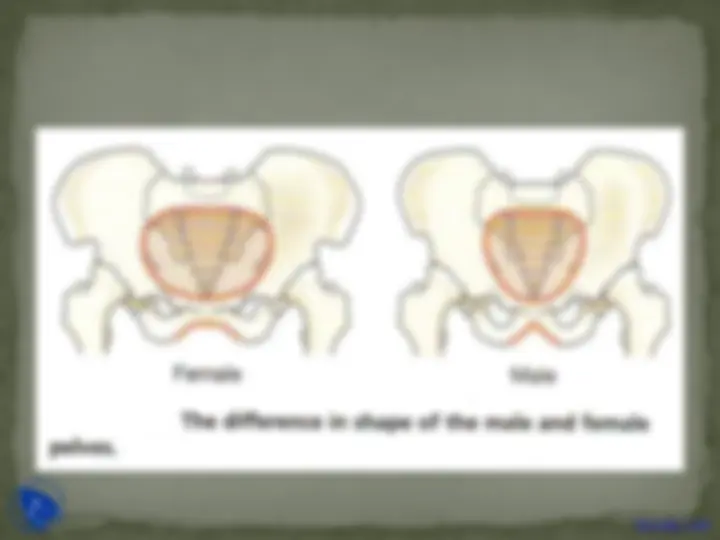
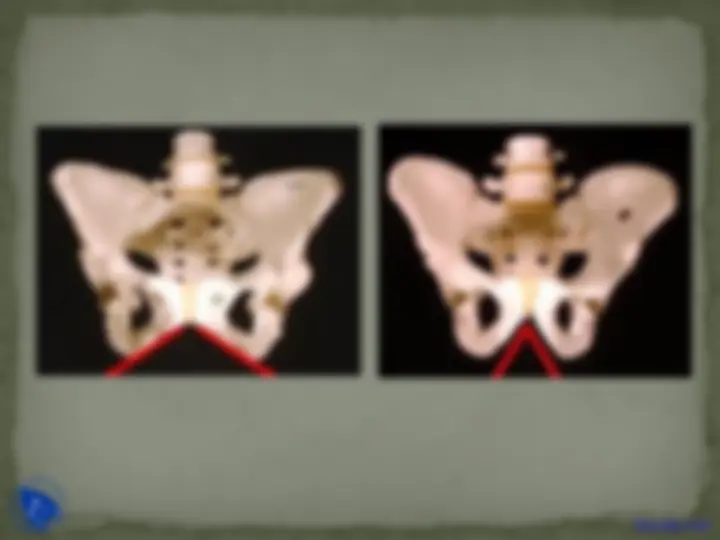
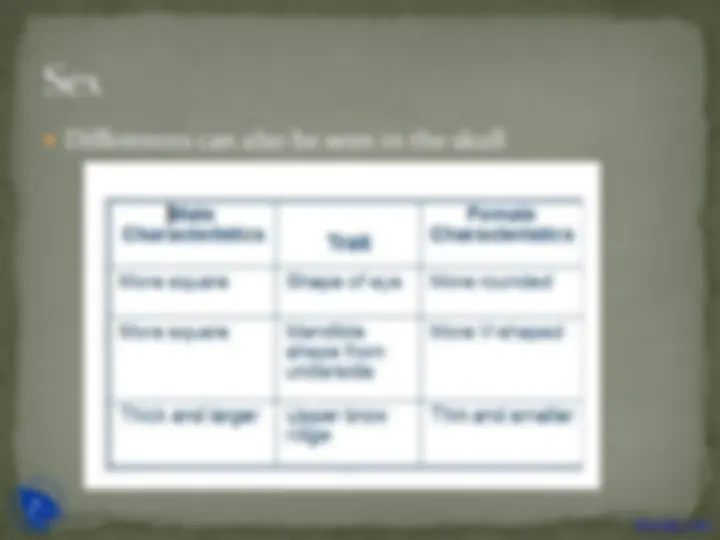
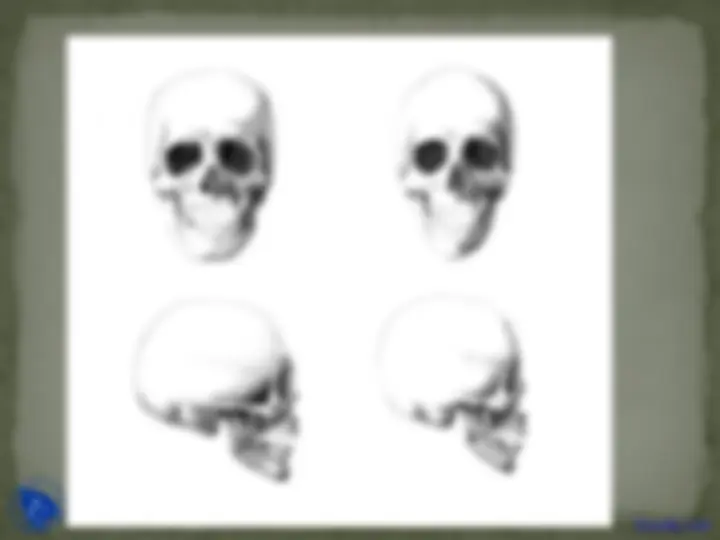
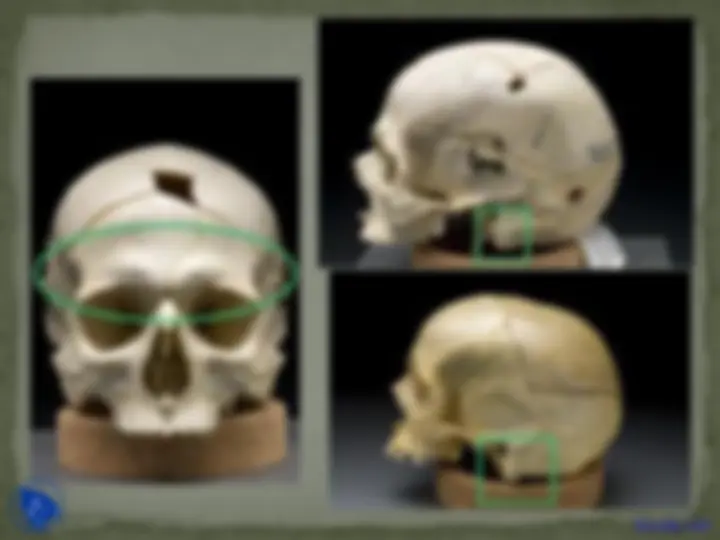
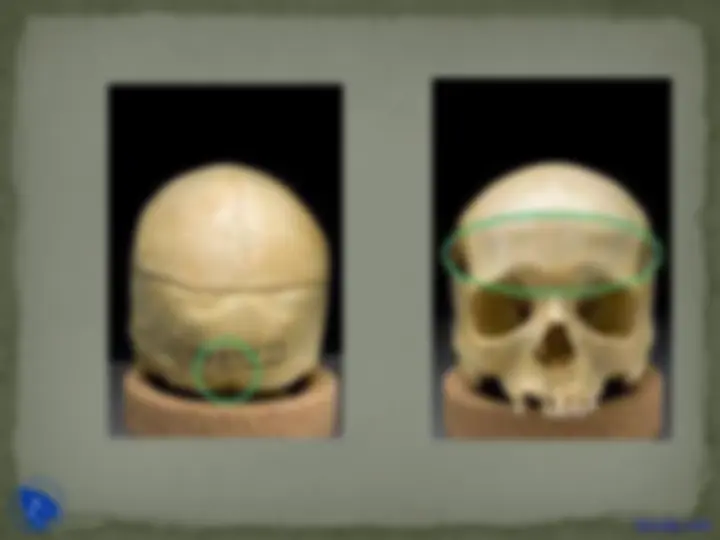
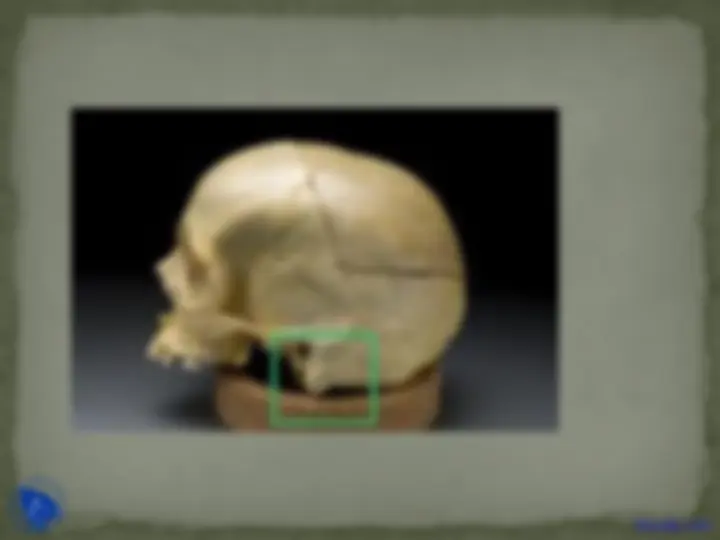
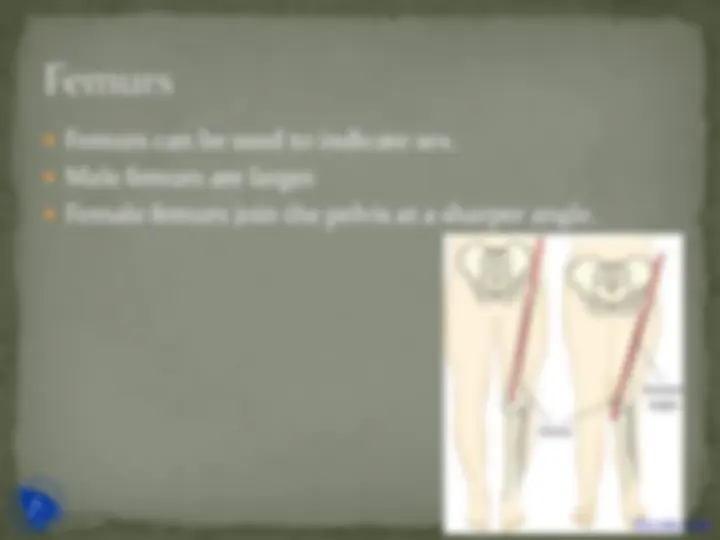
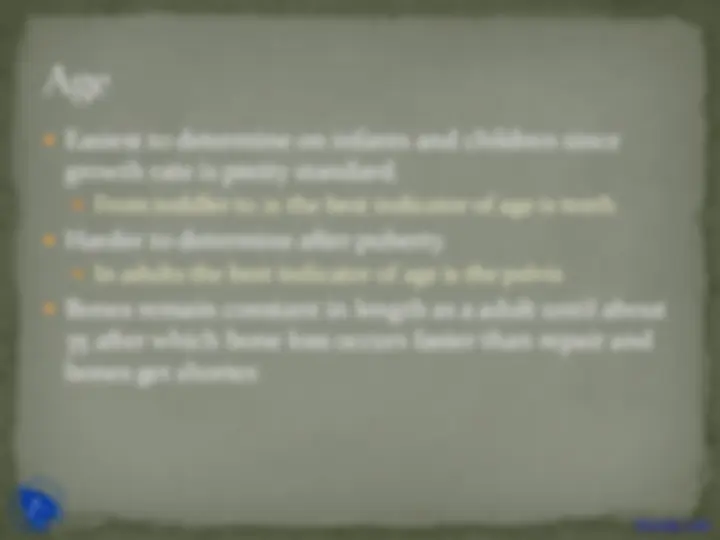
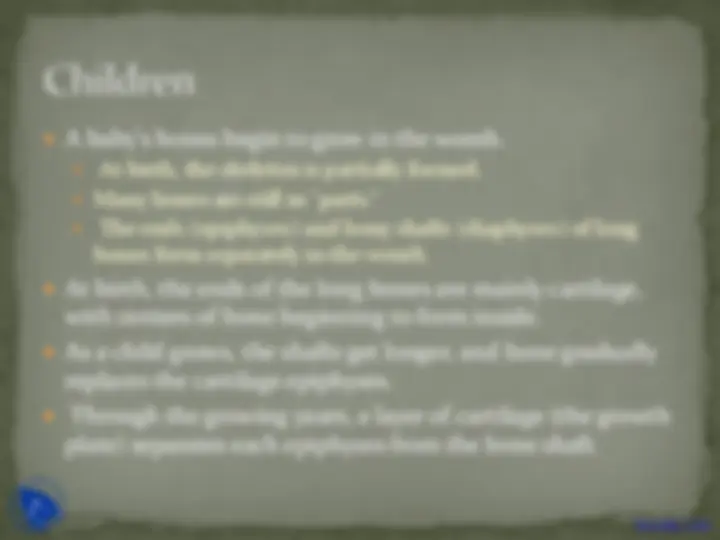
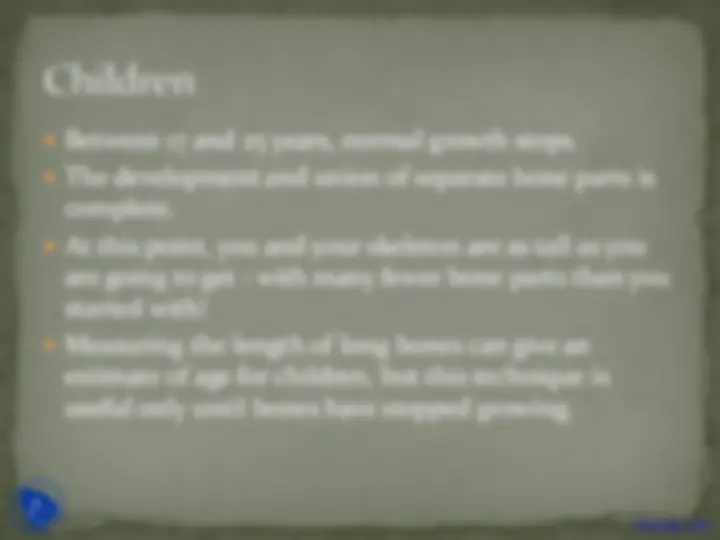
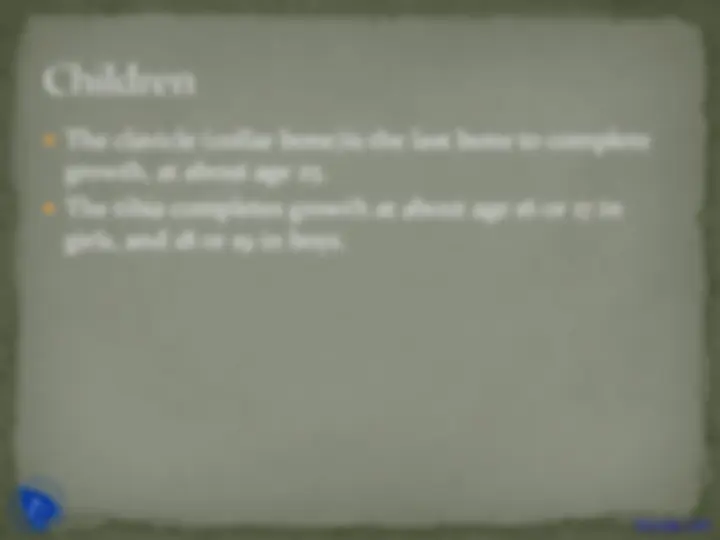
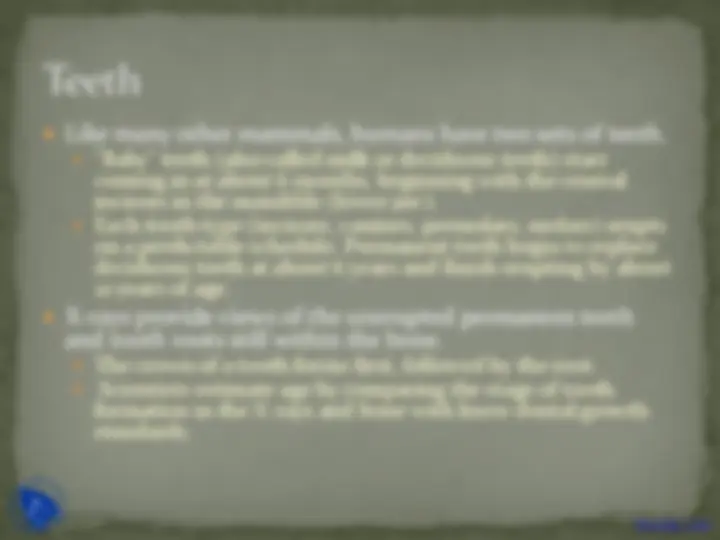
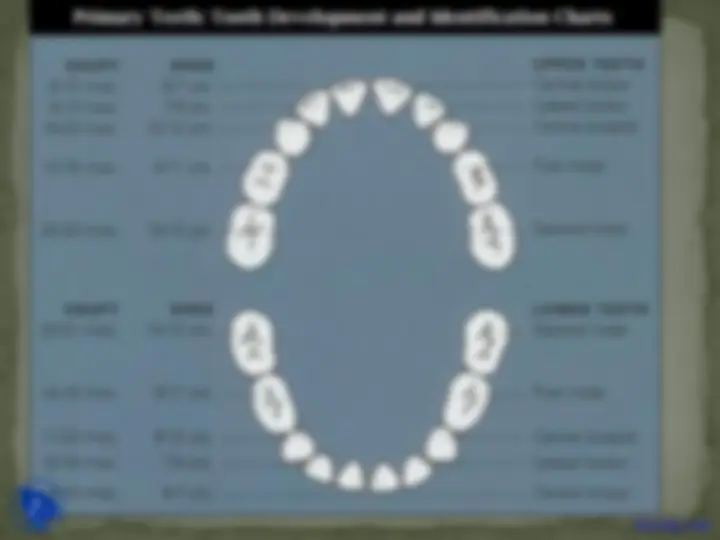
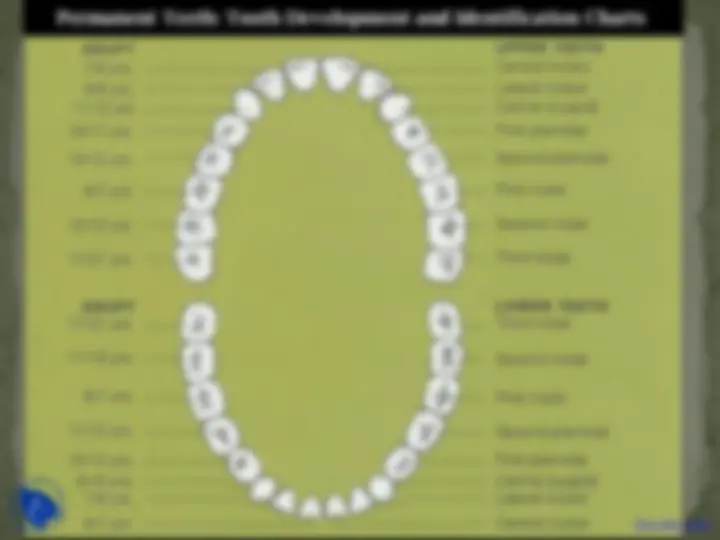
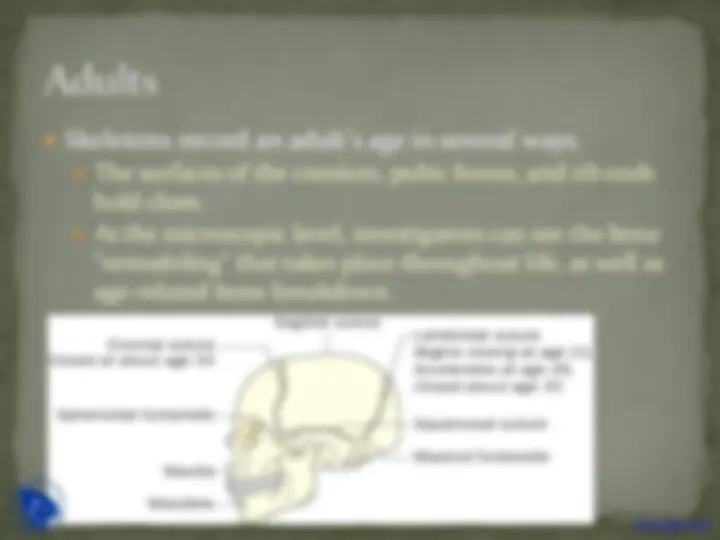
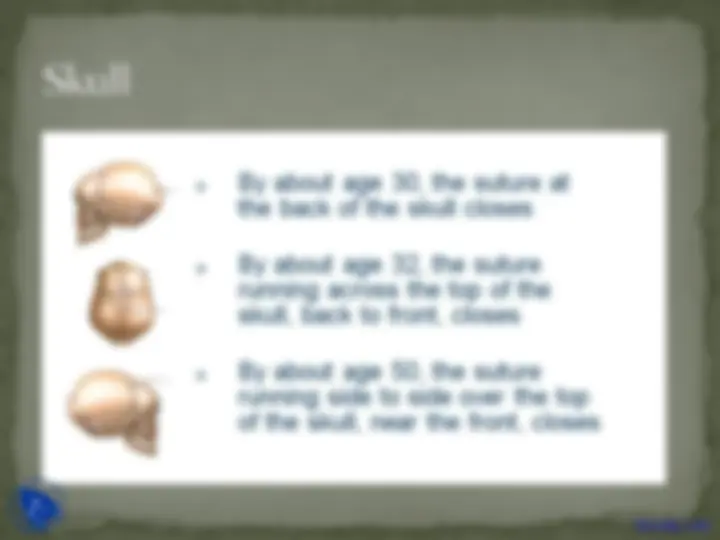
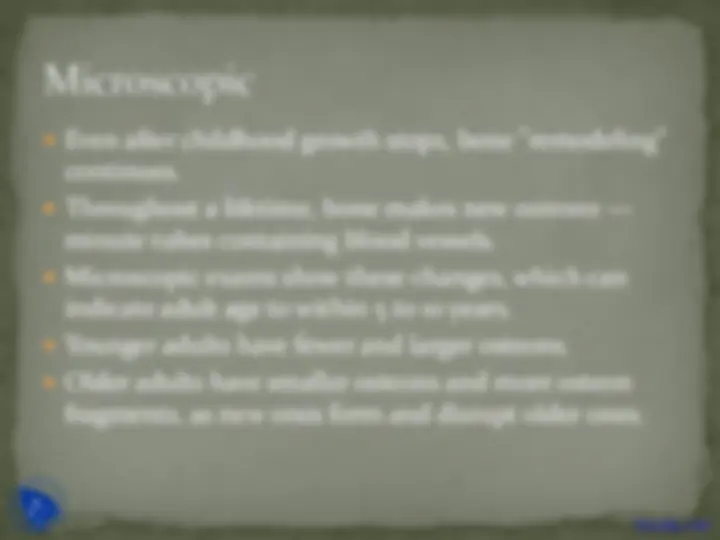
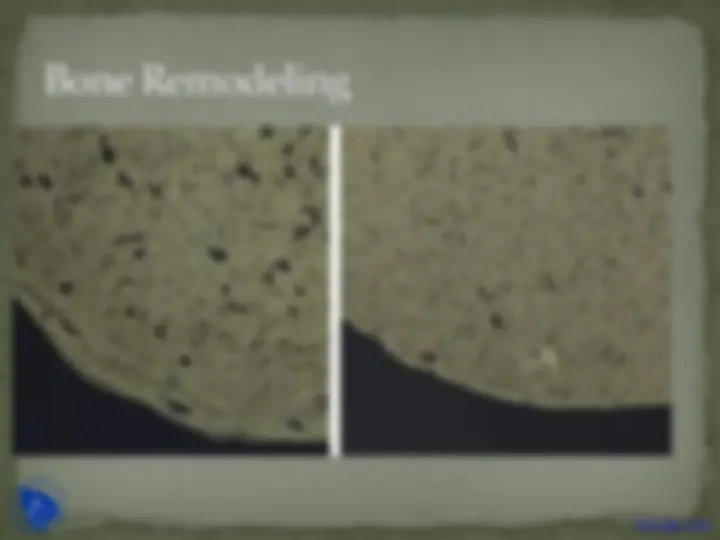
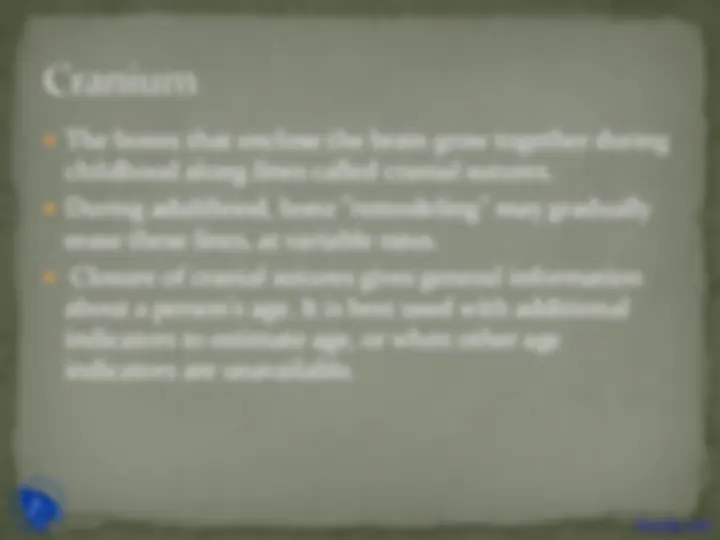
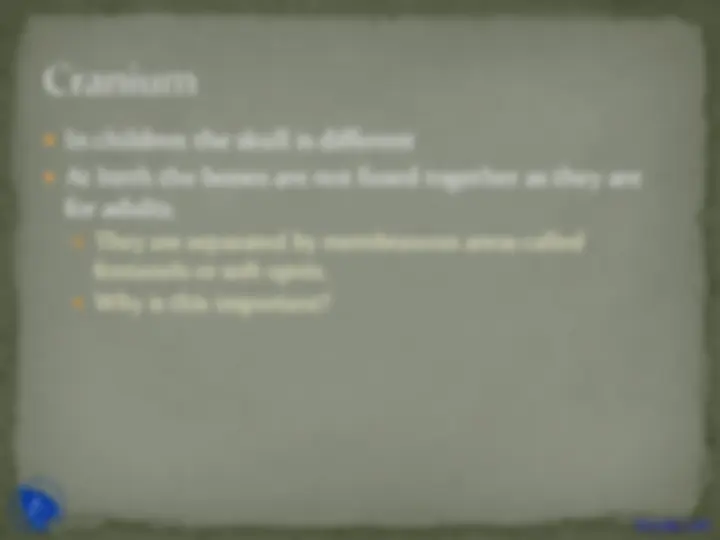
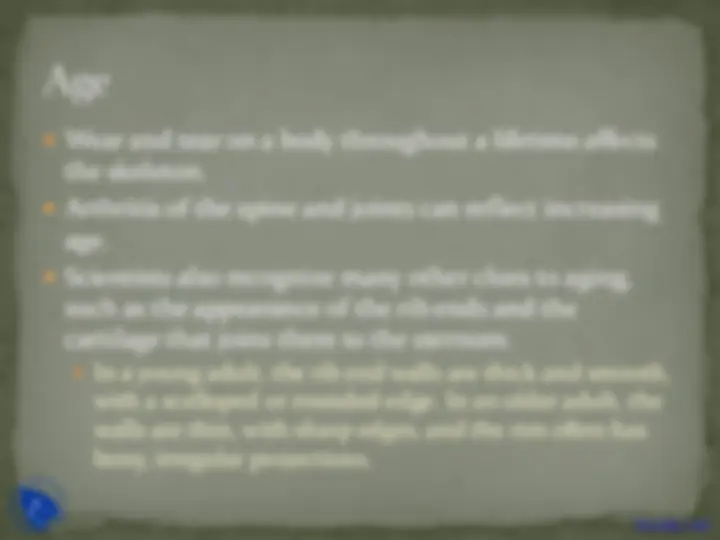
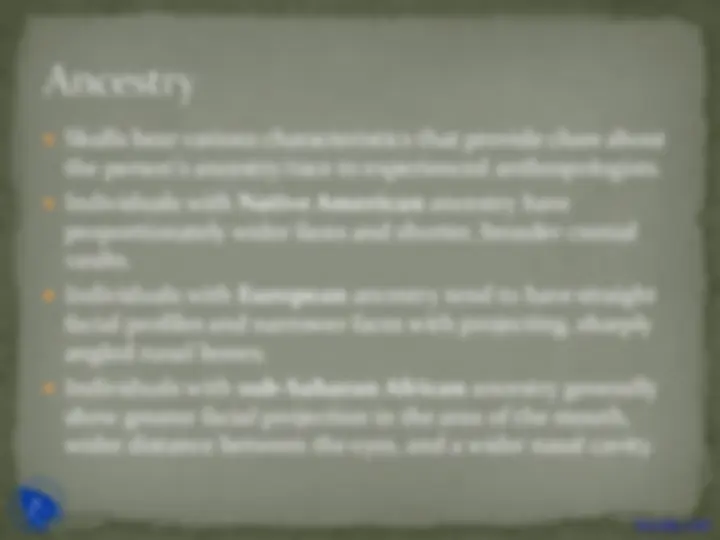
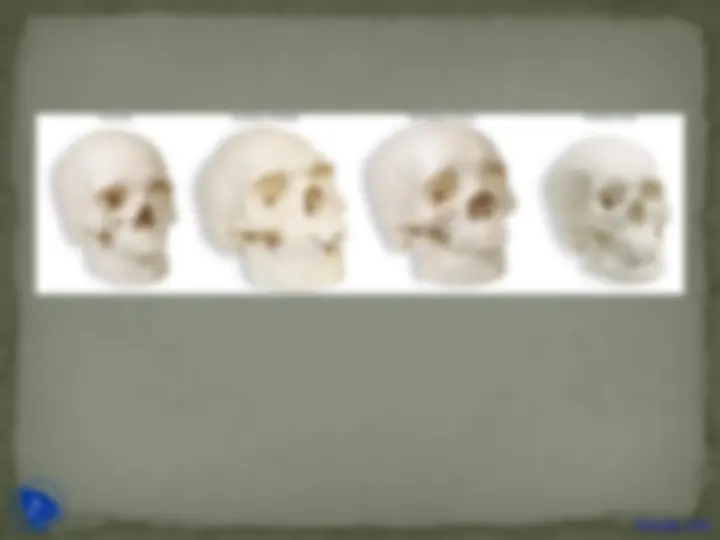
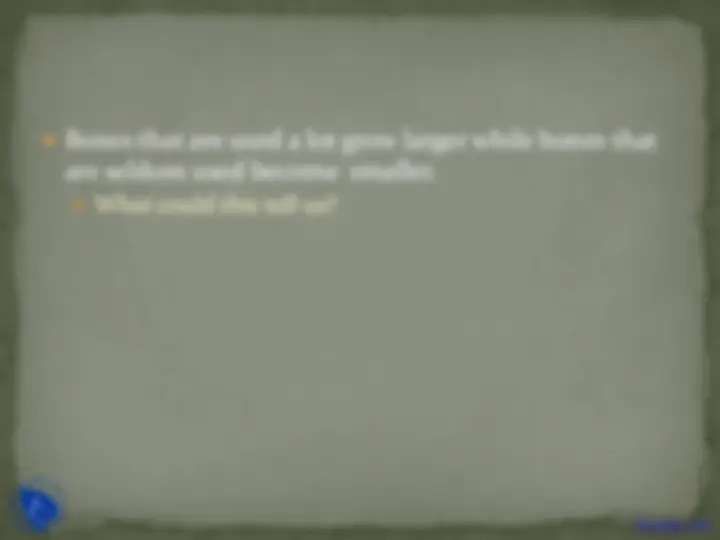
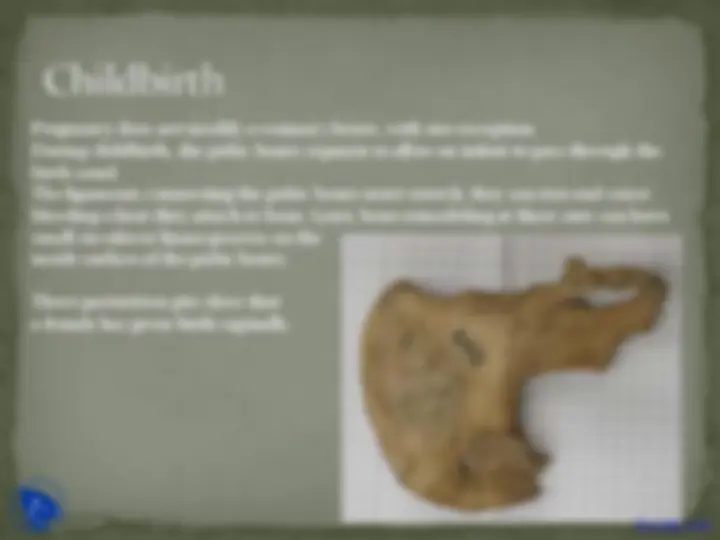
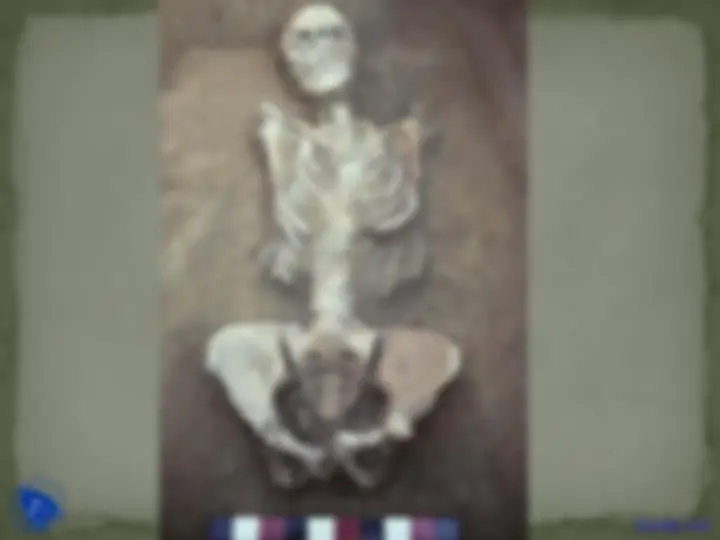
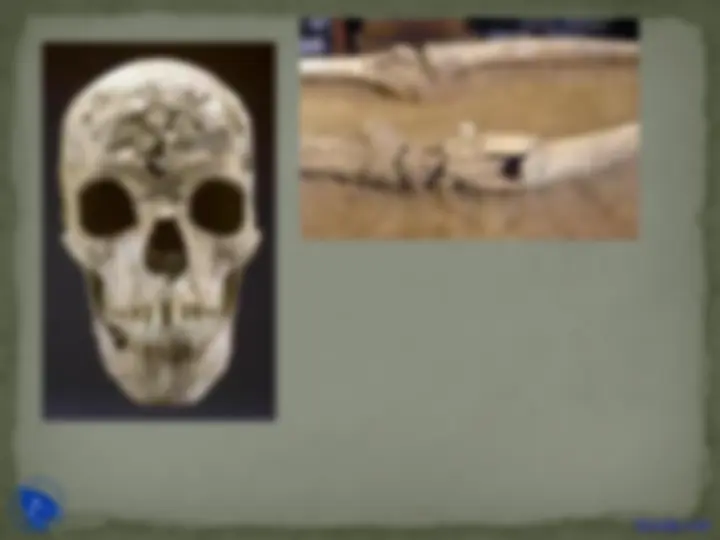


Study with the several resources on Docsity

Earn points by helping other students or get them with a premium plan


Prepare for your exams
Study with the several resources on Docsity

Earn points to download
Earn points by helping other students or get them with a premium plan
Community
Ask the community for help and clear up your study doubts
Discover the best universities in your country according to Docsity users
Free resources
Download our free guides on studying techniques, anxiety management strategies, and thesis advice from Docsity tutors
Forensic science (often shortened to forensics) is the application of a broad spectrum of sciences and technologies to investigate and establish facts of interest in relation to criminal or civil law. This lecture includes: Anthropology, Physical Anthropologists, Skeleton, Forensic Anthropologists, Examining Human Skeletal, Particularly, Chicago Murderer, Sausage Leaving Behind, Fragments, Universities
Typology: Slides
1 / 42

This page cannot be seen from the preview
Don't miss anything!



































Physical anthropologists (study of the skeleton and how it evolved)
Forensic anthropologists Physical anthropologists who specialize in recovering and examining human skeletal remains where legal questions are involved (particularly a crime has been committed) Began in 1939. Used in the 1940’s to identify dead WWII soldiers. First book was written in 1939 by William Krogman
Usually, Universities and major research facilities (like the Smithsonian). They are usually consulted on a “as needed” basis by forensic laboratories.
Osteobiography (your history told by your bones) Age Sex Height Ancestry Right or left handed Behavioral information Medical conditions Childbirth Past injuries or accidents Occasionally: Time of death Cause of death
Try to identify the minimum number that must be present. Duplication of bones is the easiest way Differences in age, size, structure, and preservation
DNA can be used to confirm